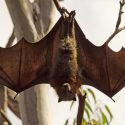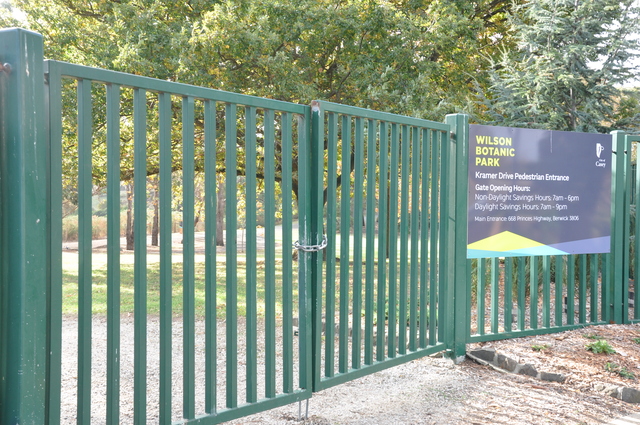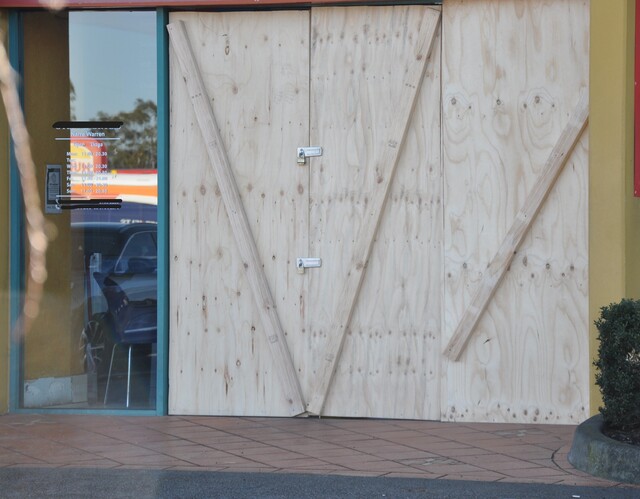By Victoria Stone-Meadows
Swarms of grey-headed flying fox bats have been visiting the region recently.
Rose Griffiths said she has had seen large numbers of bats flying over her house on Beaumont Road in Berwick.
“When I was sitting in the pool, I would see this big bats flying over,” she said.
“I would also see them when driving along the Monash, and again a few days later near Heatherton Road and all the way along the edge of the freeway out to Berwick.”
“It’s the first season I’ve ever seen them; about two weeks ago they were there every night.”
Michael Johnson from the Moonlit Sanctuary in Pearcedale said while larger bats are not common to the area, late summer is their breeding season and they become quite active at this time of year.
“We don’t really have fruit bats in this area but you might see them occasionally coming further up the Yarra,” he said.
“They are ones people see around the city but we don’t see them here very much, they might come looking for fruit from time to time.”
“It is breeding season in the summer and there is lots of food about and they are affected by small changes in the weather.”
Mr Johnson said it was more common to find micro bats that eat insects around the south-east suburbs.
“We mostly have small bats with a body size about that of a mouse,” he said.
“They live in nooks and crannies of timber buildings and are completely harmless.”
“They actually eat insects and on average will eat 600 mosquitoes a night so they can be very good to have around.”
The grey-headed flying fox is the most common bat to southern Victoria and will sometimes travel long distances from their colonies in search of food.
Program Manager of Resource Protection and Management for the Department of Environment, Land, Water and Planning Suriya Vij said the bats have been seen in odd locations this year.
“We are seeing grey-headed flying foxes in some different places this year,” she said.
“Eucalypts usually provide a large portion of their food source but their flowering has been late and erratic this year, so flying-foxes have had to look elsewhere for food, including backyards, orchards and parks.”
Grey-headed flying-foxes are listed as a vulnerable species nationally and threatened in Victoria so are protected under the Wildlife Act 1975.
“It is an offence for a person to destroy protected wildlife, with maximum penalty for a person found guilty in court of this offence being $7558 or imprisonment for six months or both,” Ms Vij said.
“We are fortunate to be able to enjoy wildlife such as flying-foxes so close to home.”







